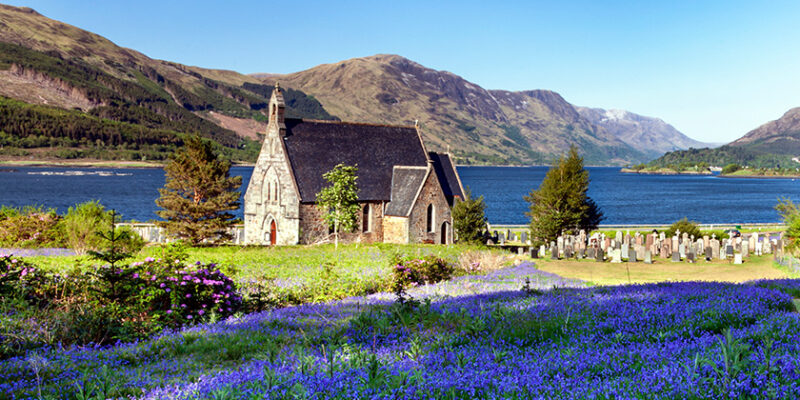The 2022 Scottish census showed significant change in terms of religious belief. For the first time a majority (51.1%) of respondents said they had “no religion,” up from 36.7% in 2011. There was also a decline in the number of people who identify as belonging to traditional religious groups; the Church of Scotland (CoS) remained the largest group although its membership had halved in a decade. One consequence of this change is a reduced demand for churches. CoS recently embarked on a five year plan to streamline its property portfolio by closing and selling surplus properties. So what should one bear in mind when thinking about purchasing a former CoS church?
Title peculiarities
CoS churches comprise property acquired over many centuries and under varying circumstances. One particular issue with some churches was that the Scottish reformation pre-dated the introduction of the property registers, by several decades. Consequently, some churches, particularly old ones, did not have recorded titles. This was remedied in part by legislation introduced in the 1920s, which allowed CoS to record titles to the church buildings, Manses and Glebes it owned at that point and for which there was no title.
However (and it is quite a big however), recording title to a ‘church building’ often meant just that. Namely, the church building itself was owned by CoS but not the surrounding land. By the 1920s, ‘churchyards’ had passed into the ownership of local Councils. CoS ownership is therefore less extensive than one may think. Moreover, the church building which CoS owned does not always mean the entire church building. Some churches have private ‘burial aisles’, a projecting wing or chapel, used privately by a particular family for burial and these remain owned by the family and not by CoS.
Change of Use
Any seller can only pass on what they own. They cannot create new rights over adjoining land owned by someone else. Therefore, if one is contemplating converting a church to a new use, one should be mindful of the limitations of the seller’s title. It may contain all the land or all the rights one requires for a different use, but if the title lacks all that is required then a great deal will depend on the willingness (or unwillingness) of neighbouring owners to co-operate.
Changing the use of a property often brings statutory issues into play. Change of use will require planning permission and, in many cases, listed building consent is also likely to come into play. One should remember that even if these statutory consents are obtained, they do not confer any property rights and do not oblige neighbours to give any new right required to facilitate the proposed development.
In summary, former churches may be attractive candidates for redevelopment. However, interested buyers should not let a low sale price distract from the practical issues that must be resolved if such plans are to be carried out successfully.
If you have any questions about purchasing a Church or other rural properties, please contact our Land & Rural Business team to discuss further.


